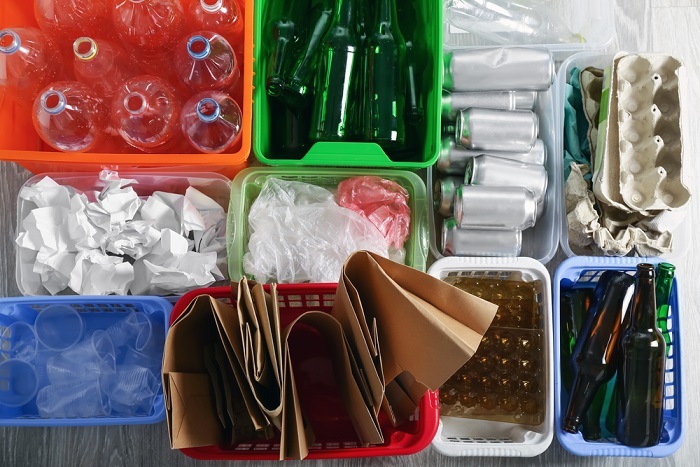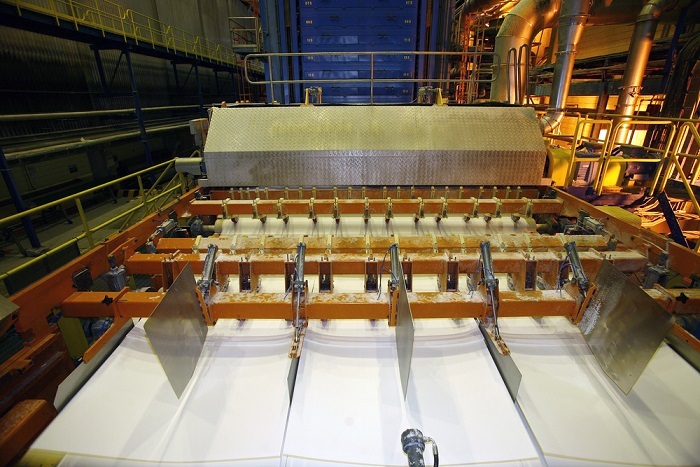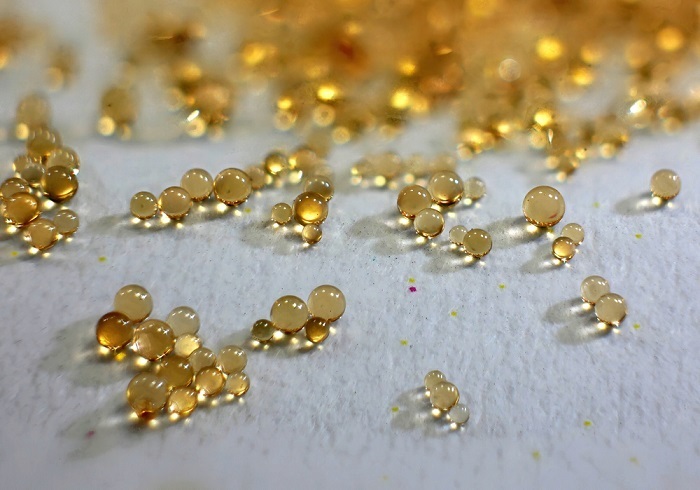
- Trending Categories
 Data Structure
Data Structure Networking
Networking RDBMS
RDBMS Operating System
Operating System Java
Java MS Excel
MS Excel iOS
iOS HTML
HTML CSS
CSS Android
Android Python
Python C Programming
C Programming C++
C++ C#
C# MongoDB
MongoDB MySQL
MySQL Javascript
Javascript PHP
PHP
- Selected Reading
- UPSC IAS Exams Notes
- Developer's Best Practices
- Questions and Answers
- Effective Resume Writing
- HR Interview Questions
- Computer Glossary
- Who is Who
What are the Different Treatment Methods for Hazardous Wastes?
What are the Hazardous Wastes and its Characteristics?
Hazardous waste is the discarded solid material or liquid which contains the substances that are known to be fatal to humans or lab animals, toxic, carcinogenic to humans or other living beings, ignitable with flash point less than 60OC, corrosive, explosive or highly reactive.
Hazardous wastes are the wastes that possess any of the following characteristics.
Explosive - Violent reaction when combined with water.
Flammable examples: alcohol, gasoline etc.
Combustible Examples: propane, acetone which is common in mail remover.
Oxidizing waste or waste containing organic peroxide.
Poisonous.
Infectious substances - From healthcare facilities.
Toxic or ecotoxic -Toxic gases.
Corrosive - Aqueous material at pH less than 2 and greater than 12.5, any material that corrodes steel at a rate greater than 0.25 per year.
Hazardous wastes are of great importance as they need separate management plan or treatment methods. Since they effect the environment and the health of an individual to a greater level they are categorized or given a special importance in solid waste management.

Producers of Hazardous Waste Generation
Hazardous wastes are produced especially by manufacturers and other industrial organizations involving processes like petroleum refining, production of pharmaceuticals, petroleum, paint, aluminium and electronic products etc.
Hazardous waste arises from the multiple sources. Most of the countries manage their own hazardous waste without introducing into municipal solid waste stream. Some of the important waste generating sectors are ?
Chemical manufacturing.
Petroleum and coal manufacturing.
Mining and quarrying activities.
Paper and pulp industries.
Wood remanufacturing facilities.
Pharma industries.

Other small scale businesses can also generate the hazardous waste which might be the part of municipal solid waste. Examples include car workshops, leather tanning enterprises, electroplating of metals, photofinishing shop, construction waste, companies producing asbestos etc.
Also there is house hold waste which can also be categorized under hazardous waste. This includes cleaning agents, disinfectants, aerosols, propane cylinders, batteries, cosmetics like hair dyes, waste which has mercury, thermometers, fluorescent lightening, waste oils, paints and solvents, pesticides, pharmaceuticals, varnishes like nail removers and E-waste.
Hazardous Waste: Treatment Methods
Hazardous waste management process includes different stages.
Generation.
Transportation.
Treatment.
Storage.
Disposable.
Some types of wastes require treatment before disposal into soil, water or air resources. Different types of treatment methods include ?
Chemical methods.
Physical methods.
Biological methods.
Thermal methods.
Chemical Treatment
Transforms into less hazardous substances examples are ion exchange, precipitation, neutralization and oxidation or reduction.
Ion Exchange
Here the charges of atoms or group of atoms are exchanged between two chemical substances allowing them to bind together.

Precipitation
It uses a chemical reaction to form a particulate matter in solutions either by changing the substance into insoluble form or even by changing the properties of the solution to diminish the solubility of the contaminant.
Neutralization
The addition of an acid or base to a substance to bring the pH to neutral is called neutralization. Most metals that dissolve in water of high or low pH are insoluble at neutral pH and may be removed from a solution. These waste streams are often acidic initially which is why the soft metals are present.
So the pH must be raised by the addition of alkaline reagent. Some of the common alkaline reagents are NaOH/caustic soda, lime (quick lime/pebble lime), Magnesium hydroxide and sodium carbonate/soda ash. Most large firms use quick lime with a hydrated or slaked as it is relatively inexpensive, readily available and produce products which can be easily disposed in landfills. Other waste can be neutralized with the HCl or sulfuric acid.
Thermal Methods
Burns the waste in either solid, liquid or sludge form.
The most common form of thermal treatment is high temperature incineration which is increasingly becoming the preferred option for treating hazardous waste. This is because it is well suited to certain types of wastes such as aquarious solvents, mining sludge etc. Wastes containing heavy metals should never be incinerated as these metals remain in incinerated ash and that a health hazard require special disposal.
Heating hazardous materials in the absence of oxygen will speed up the chemical decomposition of waste is another technique called pyrolysis.
Biological Methods
This treatment method uses a wide variety of micro-organisms primarily genetically engineered bacteria to degrade the organic compounds in the waste water streams. These microbes convert the biodegradable organic matter found in the waste water into simple substances and additional biomass.
These type of treatment method includes
Bioremediation - Microbes can also be used for stabilizing the hazardous waste on previously contaminated sites. In this case the process is called bioremediation.
Land Farming - One method used to treat biological waste biologically is called land farming. In this technique the waste is carefully mixed with surface soil and in a suitable land. Microbes that can metabolize the waste may be added along with the nutrients. In some cases a genetically engineered species of bacteria is used. Food or crops or nuts are grown on the same site.
Physical Treatment
The chemical and biological treatment methods outline about changing the molecular form of the hazardous waste material. Physical treatment on the other side concentrates, solidifies or reduces the volume of the waste. It includes filtering operations like passing contaminated waste water over activated carbon or rinsing to remove pollutants. Evaporation, sedimentation, filtration and floatation are some of the methods.
Conclusion
Any waste which possess the characteristics of corrosivity, toxicity, reactivity and ignitability are categorized as hazardous waste. We can say that chemical and petroleum industries produce most of the hazardous waste which is about 71% followed by metal and mining industries and all other industries. Some of the waste produced by the house hold is hazardous to health or to the environment.
Also there are some wastes which are harmless when used and hazardous when disposed like expired medicines, batteries, pesticides, glues etc. These wastes when touched or inhaled can cause irritation to eyes and respiratory problems. Hence these should never be disposed in sewage system as these become toxic when enter the soil and water.

